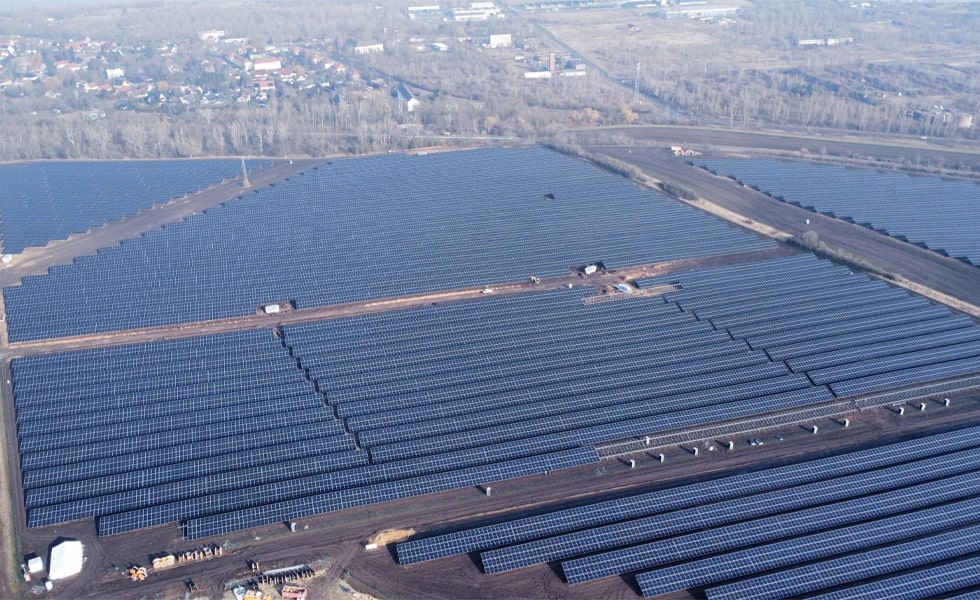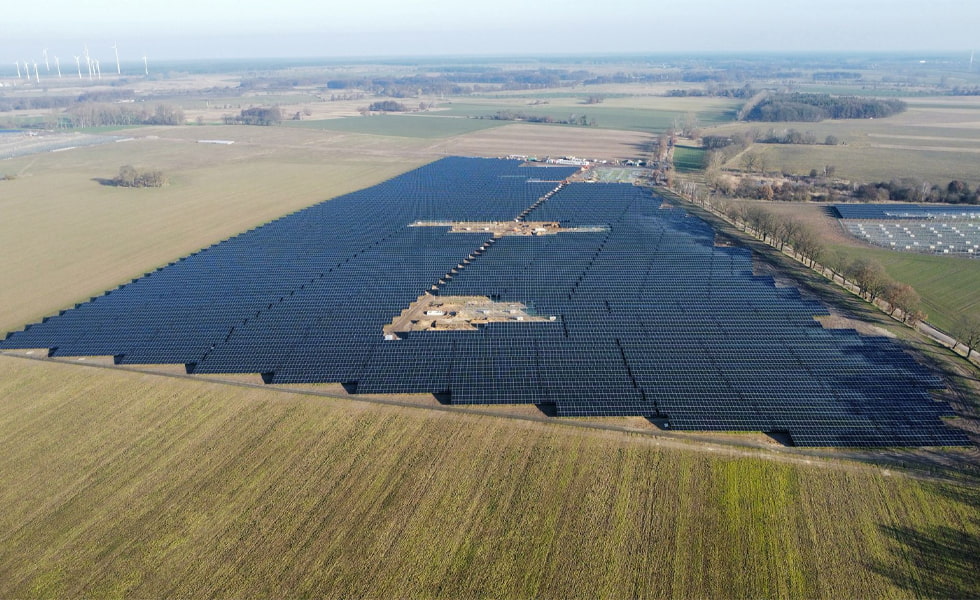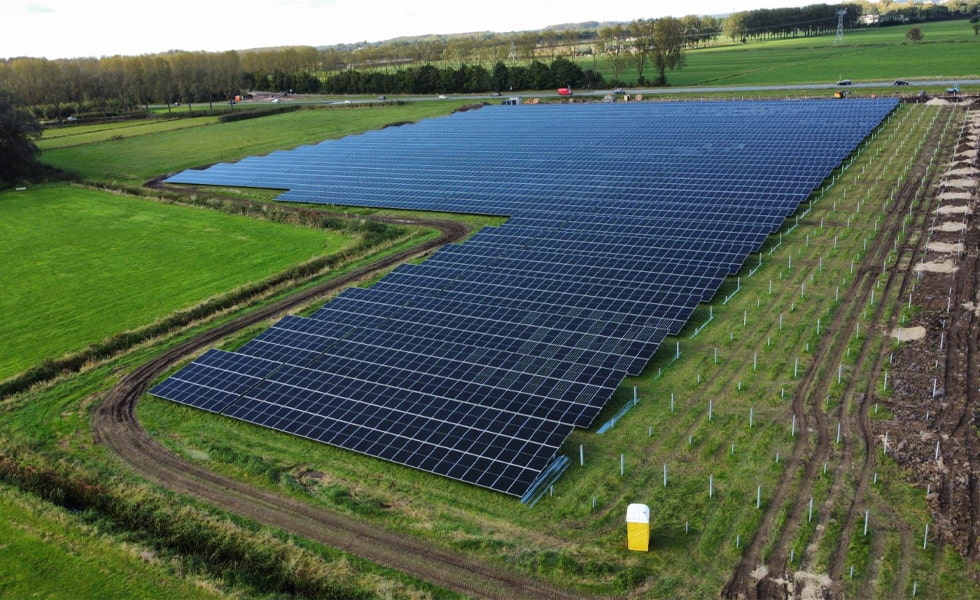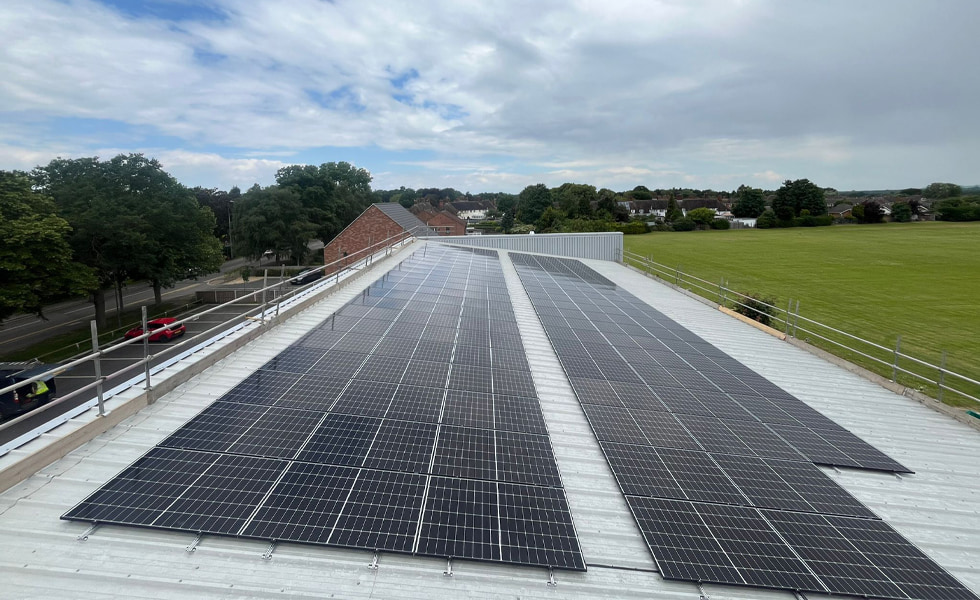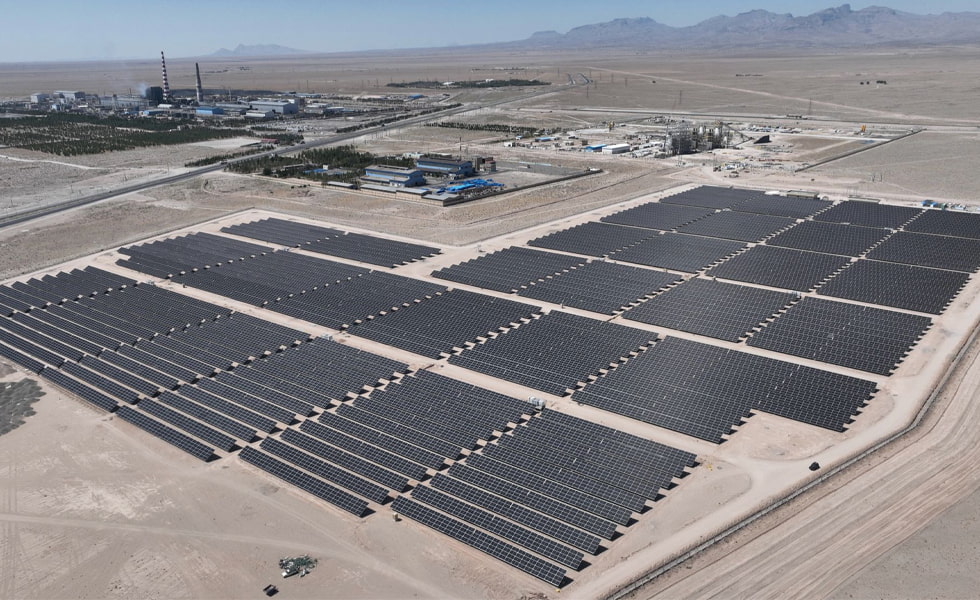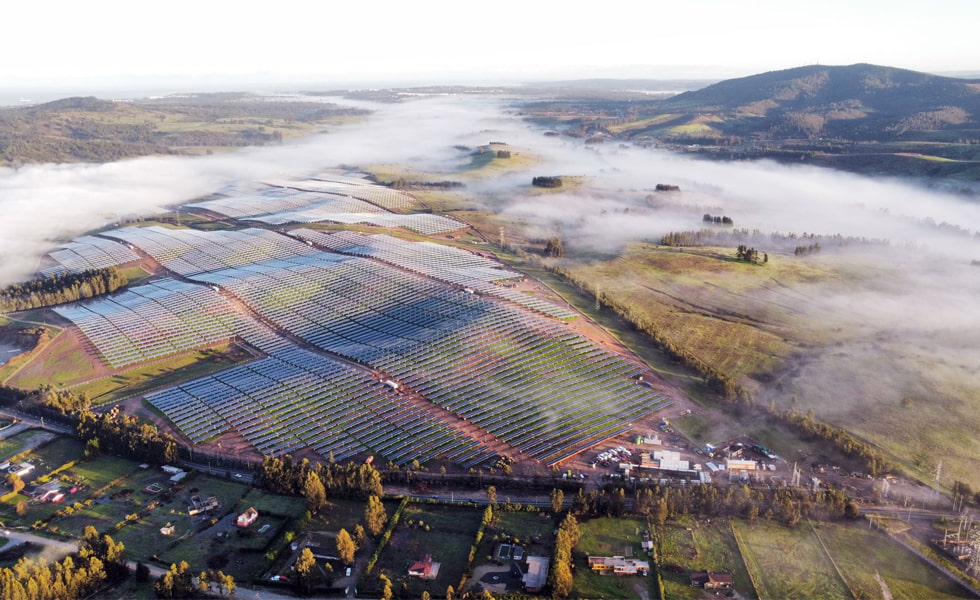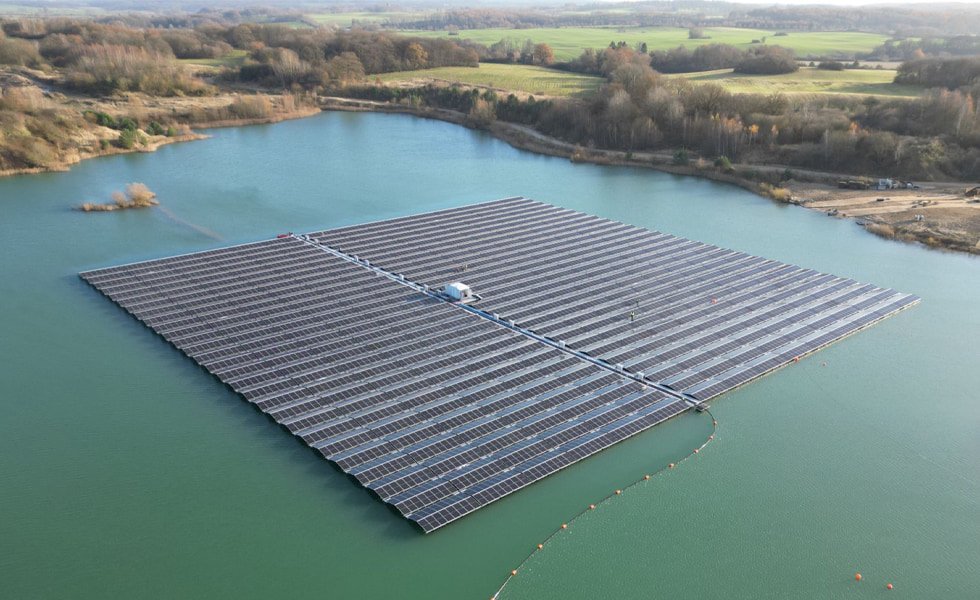my country's largest tidal flat photovoltaic power station started generating electricity!
February 12, 2025
Recently, the Huadian Laizhou Large-scale Salt-alkali Tidal Flat Photovoltaic Energy Storage Integrated Project, my country's largest tidal flat photovoltaic energy storage power station undertaken by Shandong Electric Power Construction No. 1 Company, was put into operation on the shores of the Bohai Bay, turning a large area of saline-alkali land into a new oasis of clean energy. The vivid practice of "turning salt flats into green beaches" has important strategic significance for the efficient utilization of saline-alkali land resources in my country and the high-quality development of new green energy. The project is located in the west of Laizhou, Shandong. It is the third batch of large-scale wind power and photovoltaic base construction projects in the country, covering an area of 18,000 mu, with an installed capacity of 1,000 megawatts, and supporting the construction of a 200MW/400MWh electrochemical energy storage project. The first batch of 300 megawatts will be connected to the grid for power generation on June 30, 2024, which is an important sign that Shandong Province's new energy installed capacity has exceeded 100 million kilowatts. The project will build two 220 kV booster stations. After the project is put into operation, it can add 1.442 billion kWh of green electricity each year, save 444,000 tons of standard coal, reduce carbon dioxide emissions by 1.2 million tons, reduce sulfur dioxide emissions by 230.8 tons, reduce nitrogen oxide emissions by 258.1 tons, and reduce smoke emissions by 46.23 tons, with significant economic and ecological benefits. The supporting energy storage phase I 100MW/200MWh electrochemical energy storage project was completed and put into operation at the end of June 2023. In terms of construction land, the project selected a large area of saline-alkali tidal flats, integrating "photovoltaic power generation + salt production" and realizing the "salt-light complementary" composite industrial model of "water photovoltaic power generation and water surface evaporation brine production". During the project construction process, considering the protection of the tidal flat ecosystem, the existing salt field cofferdam was fully utilized to partition the photovoltaic array to reduce the damage to the original topography. After construction, the salt pond cofferdam and pipe pile base were repaired for anti-seepage capacity to ensure the improvement of salt field quality. In terms of design, the photovoltaic panels are 3 meters above the ground, with wide intervals, which provide good lighting and ventilation and are convenient for drying salt. The solar panels adopt a double-sided power generation design, which absorbs direct sunlight on the top while absorbing sunlight reflected from the water surface on the back, thereby increasing the power generation efficiency by about 3%.
